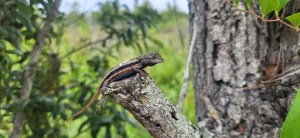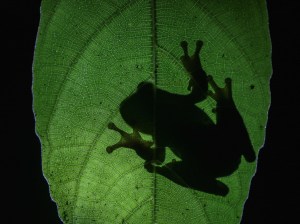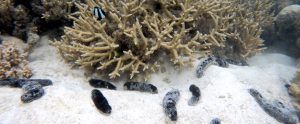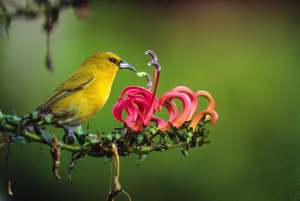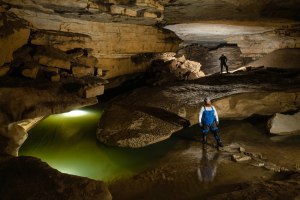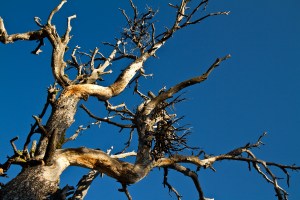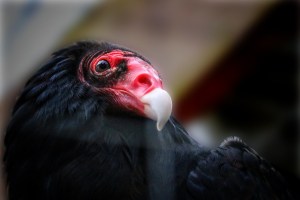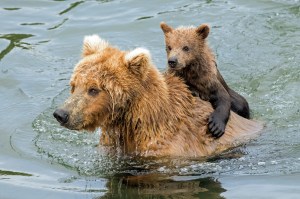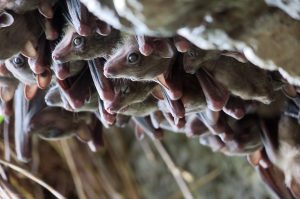Discover stories in Disease & Parasites
Do Enticing Mites Help Florida Scrub Lizards Attract a Mate?
Scientists at TNC's Tiger Creek Preserve are using lizard robots — yes, robots — to figure out if parasitic mites helped lizards attract a mate.
Why Are Amphibians the Most Endangered Class of Animals?
More than 40% of the planet’s toads, frogs, salamanders and caecilians face extinction, but many can still be saved.
Want to Suppress Coral Disease? Bring Back Sea Cucumbers
By feeding on microbial pathogens in marine sediment, the weird and wonderful sea cucumber can enhance reef resilience by suppressing coral diseases.
How Can You Stop a Disease-Carrying Mosquito?
An effort to slow the spread of deadly avian malaria is giving Hawaiian forest birds a fighting chance.
Studying Challenges to Cozumel’s Coral Reefs
National Geographic Society and TNC extern Sophie Dellinger examines the impacts of poor water quality on Cozumel's coral reefs.
The Search for “Lingering Trees” Offers Hope for Imperiled Species
The tiny fraction of trees that show strong resistance to invasive pests and pathogens need to be found – and is how you can help.
What Does It Take To Photograph A Bat Cave?
Longtime cave photographer Stephen Alvarez goes underground to document an endangered bat species on the rebound.
Why Are Some Wolves Black? The Answer Will Surprise You
Black wolves are more common in some populations than others, and recent research finds a surprising correlation.
Witches’ Broom and the Conservation of “Ugly”
Should we kill trees because they’re ugly? At one point, conservationists did.
Why Are You Seeing Lots of Vultures Now?
Large flocks of vultures are circling, but it’s probably not because something is dead.
The Disturbingly Long Tapeworms of Alaskan Bears
What’s that trailing from the bear? (It's not the cute cub)...It's an overlooked (and gross) creature of salmon ecosystems.
Why Sick Bats Self-Isolate
Research shows that normally social bats self-isolate when sick.
